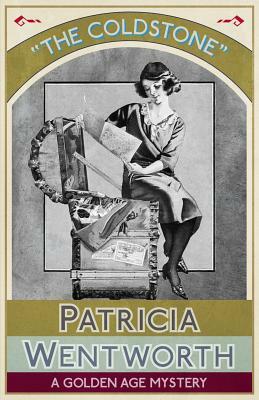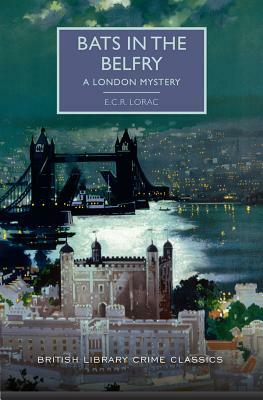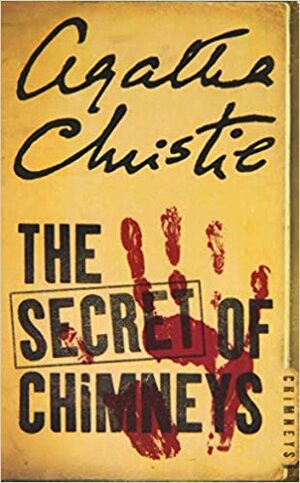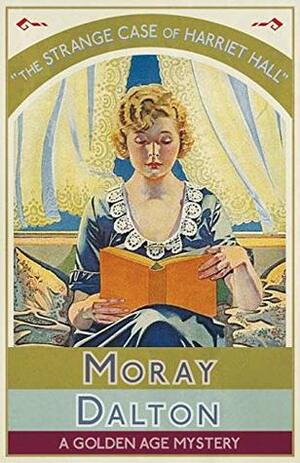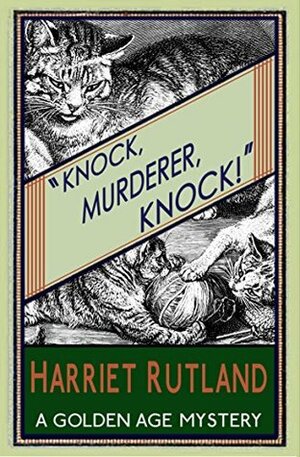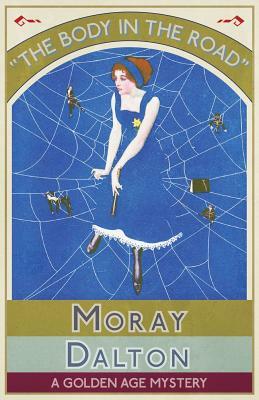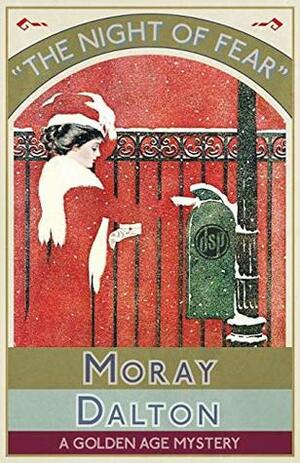Since the beginning of September, I have looked for info about Readers Imbibing Peril, which I have participated in for years, since I couldn’t remember whether it started in September and went through October or started in October and went through November. Since I couldn’t find anything, I assumed it started in October. Well, it’s too bad that it actually started in September, because I missed marking three other mysteries for the challenge. It is usually advertised through Instagram, which I don’t use much.
So, despite this being my fourth book to qualify, it’s going to count as my first.
Well, there certainly are surprises in this book!
Amy Steer is a young woman looking for work, a necessity made worse by the empty state of her pockets and her landlady’s demands to raise her rent. She is looking through the want ads when she spots an ad looking for relatives of her father. She never knew her father, but she answers the ad and makes an appointment.
She meets a disturbing but seemingly kind woman who says she is Harriet Hall, Amy’s aunt. She says she is staying in a house in the country owned by friends and invites Amy to stay. She even gives Amy £100 to spend on nicer clothing.
On Monday, the day she is expected, nicely dressed Amy is on the train to her aunt’s. She meets a pleasant young man named Tony Dene who is getting off at the same station. They are getting along just fine until Amy tells him about Aunt Hall. Then he abruptly leaves the car. No one picks Amy up, so she is forced to walk five miles to Harriet Hall’s cottage, finding no one home. But the door is unlocked, so she stays.
The Denes lived with their uncle until he died the year before. Then Mary Dene, Tony’s mother, inherited everything and bought a property in the country. But soon Harriet Hall appeared. Mary has told her three children that Harriet is an old friend fallen on hard times. She lets Harriet live in the cottage rent-free, but Harriet comes over every day to sponge or take something. Tony and his sister Mollie hate her, but Lavvy, who is engaged to marry Sir Miles Lennor, only cares about her wedding.
Amy stays in the cottage Monday night, but Harriet never appears. Tony, who feels bad about abandoning her, drops by with his sister’s dog, and the dog’s barking at an old well in the back of the house causes Tony to remove the top. Inside the well is a body.
Tony calls the police, but once the body is identified as Harriet Hall and the police understand the relationship between her and the Denes, Tony is a suspect. He has no alibi because instead of driving home from the train station, he drove around aimlessly for hours.
Scotland Yard Inspector Collier is called in fairly quickly. Although more evidence comes out against Tony, Collier is reluctant to charge him. Then there is a shocking discovery followed by another death.
If Amy is supposed to be our heroine, we see remarkably little of her, spending more time with the Denes. However, she does get to be in peril.
There’s a little bit of a cheat here, as a person of interest doesn’t appear until page 150. But overall, we’re having so much fun we don’t care. Dalton’s books are well written and move along at a brisk pace. Some aspects of this one were obvious, but for 1936 the book seems fairly avant-garde.
I received this book from the publishers in exchange for a free and fair review.
Related Posts
One by One They Disappeared
The Night of Fear
The Body in the Road


